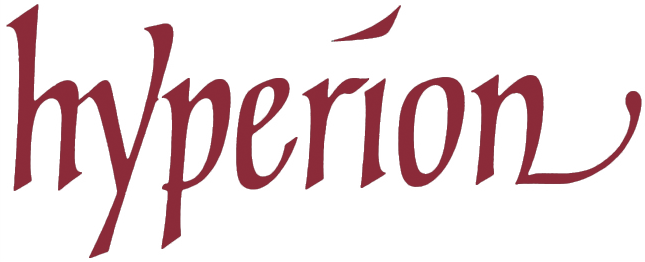Masterpieces of Portuguese Polyphony
William Byrd Choir, Gavin Turner (conductor)
CDA66218
It is ironic that the finest period of Portuguese music was precisely during the years of Spanish rule from 1580 to 1640. Yet, although Philip II of Spain generously patronized the musicians of his new domain, it was the ducal family of Braganca – Cardinal Henrique and, above all, Duke João (King John IV after the Restoration) – who most encouraged the musical masters who are the glory of Portuguese church music in the first half of the seventeenth century. Duarte Lôbo, Filipe de Magalhães, the Carmelite friar Manuel Cardoso, Lópes Morago, de Brito, Francisco Martins and the monk Pedro de Cristo were the leading figures in an extraordinary period that starts when Palestrina was in his last years and ends some time after the death of Monteverdi. Their style is very conservative, being a genuinely continuous growth from the style we now call ‘Renaissance polyphony’. They carried on the tradition of Morales, of Palestrina, of Guerrero (beloved of later Portuguese composers) and of Victoria. Their Spanish contemporaries are Vivanco, López de Velasco, Carlos Patina, et al. It was only later, in the mid-seventeenth century, that João Lourenço Rebelo, Pedro Vaz Rego and Diogo Dias Melgás could match the ‘Baroque’ generations of Spaniards from Mateo Romero and Cererols onwards, eventually to José de Torres y Martinez Bravo and Francisco Valls.

